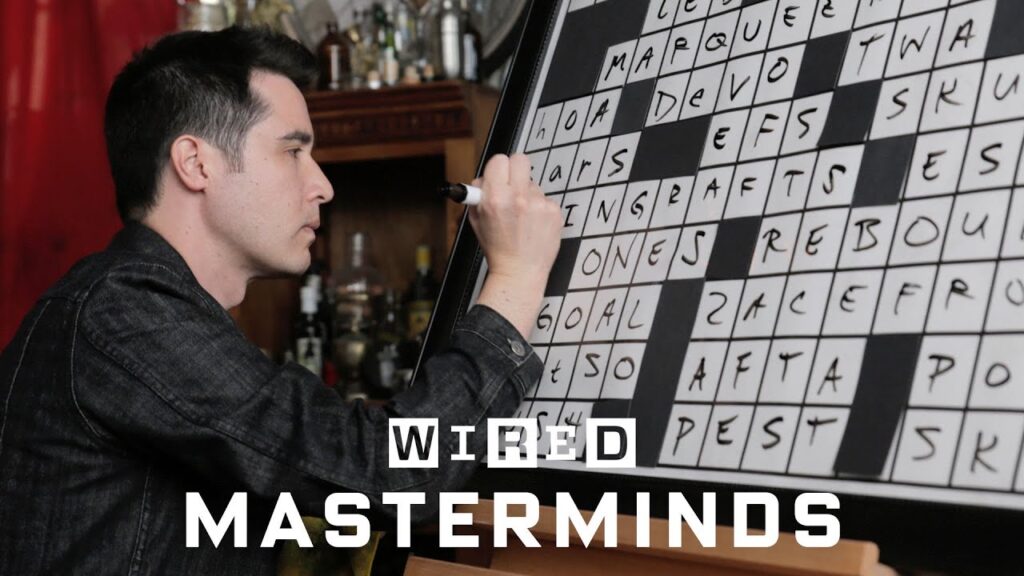How to Make the Best Paper Airplane in the World
Summary
In this article, we will learn how to make the best paper airplane in the world. We will need a roll of 25mm wide tape, a pair of sharp scissors, a protractor, a snack clip, an X-Acto blade, and a folding tool. The article will cover the steps required to fold an A4 paper into a world record plane, emphasizing the importance of symmetry and sharp creases.
Table of Contents
- Materials Required
- Folding the Paper
- Making Thin Wings
- Achieving Symmetry
Materials Required
To make the best paper airplane in the world, we will need a few materials. These include a roll of 25mm wide tape, a pair of sharp scissors, a protractor, a snack clip, an X-Acto blade, and a folding tool. We will also need to make a gauge using a ruler and scissors to measure 30mm of tape. Additionally, we will need a ruler to construct a tape gauge and a two-angle gauge with measurements of 165 and 155 to set the dihedral angle. It is recommended to use a folding tool made from bone instead of plastic to avoid grooves that can transfer onto the paper. Finally, padding the snack clip with electrical tape is important to prevent damage to the paper.
Folding the Paper
The first step in folding the paper is to fold the top edge against the side of the big diagonal fold. It is important to make sharp creases and use a folding tool to achieve this. We then fold the edge against the diagonal, leaving a millimeter gap between the edge of the paper and the crease to allow the layers to lay flat. The speaker recommends using a fabric-covered piece of cardboard to see the tape better when making cuts. The paper used is taller than US letter size on the left, and Guinness rules allow for A4 paper. To achieve this, they suggest cutting a 19-millimeter strip off of one side of a US letter size paper.
Making Thin Wings
The speaker is demonstrating how to fold a paper airplane with thin wings for a world record attempt. They emphasize the importance of symmetry and ensuring equal gaps on both sides of the plane. To achieve this, we fold across the center of the X and follow the creases carefully to avoid errors. The speaker also advises flexing the layers to keep equal strain on both sides before making the final crease.
Achieving Symmetry
To achieve symmetry, we need to ensure equal gaps on both sides of the plane. The speaker emphasizes the importance of using a protractor to set the dihedral angle. We can use a two-angle gauge with measurements of 165 and 155 to set the dihedral angle. The speaker also advises using a folding tool made from bone instead of plastic to avoid grooves that can transfer onto the paper.
Conclusion
In conclusion, making the best paper airplane in the world requires attention to detail and precision. By following the steps outlined in this article and using the recommended materials, we can create a world record plane with thin wings and perfect symmetry. Happy folding!







